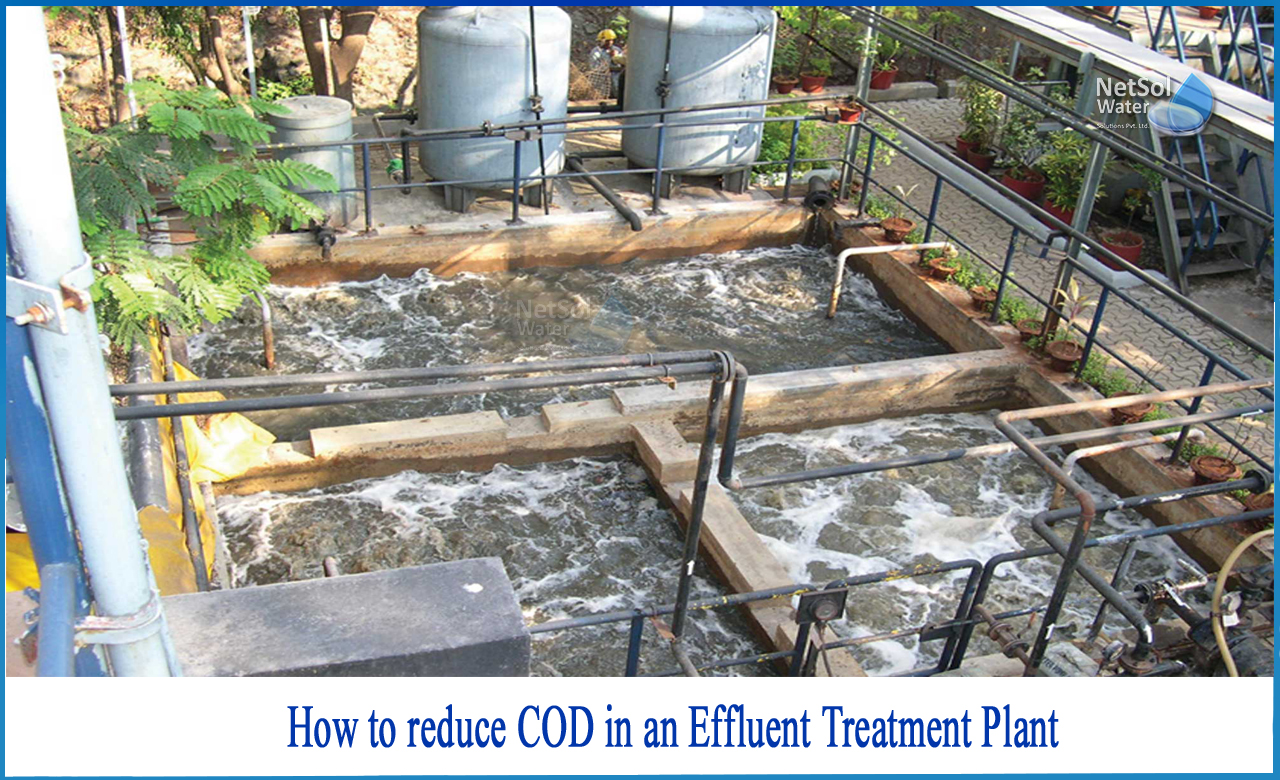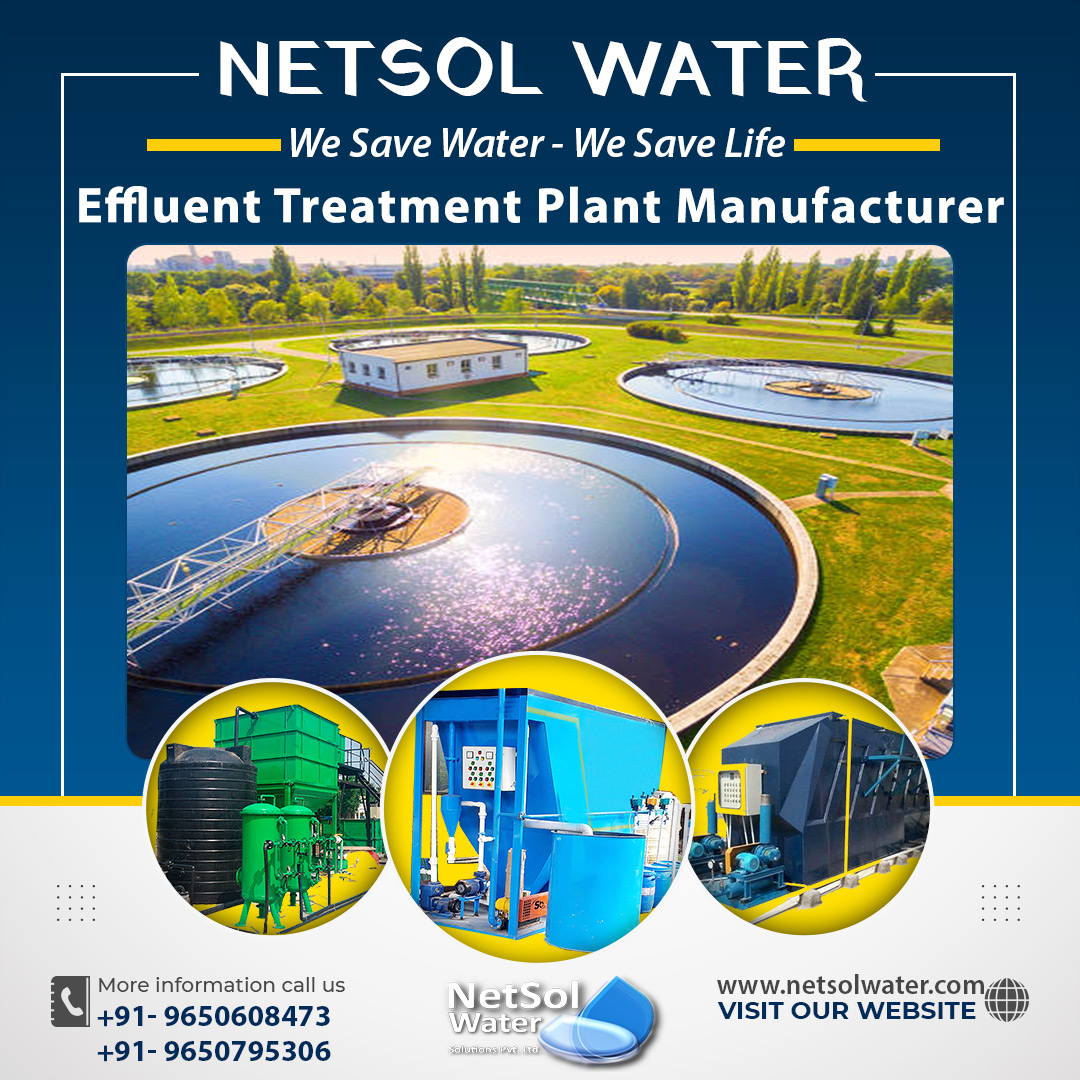What is Chemical Oxygen Demand or COD?
COD is an essential component of water quality. It aids in determining the impact of wastewater on the environment into which it is discharged. There is a larger need for oxygen when COD levels are higher. This indicates that water with high COD levels contains more oxidizable organic material. This also indicates that wastewater with high COD levels has lower dissolved oxygen (DO) values. Low dissolved oxygen concentrations are detrimental to living organisms that require oxygen to survive. As a result, it's advisable to lower COD levels in wastewater before releasing it, boosting DO concentrations in the process.
Chemical oxygen demand's relevance
In water, a high chemical oxygen demand suggests higher quantities of oxidizable organic matter and, as a result, less dissolved oxygen (DO). Organic pollution can cause critical DO depletion, which can destroy aquatic life forms.
Benefits of chemical oxygen demand or COD testing in wastewater treatment
Knowing the chemical oxygen demand in wastewater treatment, has a number of advantages, including assisting industrial and municipal clients in determining the optimum treatment technique and the most efficient structure for their wastewater treatment plant.
What is COD in wastewater?
The quantity of oxygen necessary to decompose all oxidizable chemicals in a determined sample of effluent is referred to as COD in wastewater. A COD test may be used to determine the COD value in wastewater.
How to reduce COD in an Effluent Treatment Plant?
Using ETP, there are a number of established strategies for reducing COD in wastewater management.
The following are two of the most frequent COD wastewater reduction strategies utilized in an ETP:
1: COD elimination by microbial activity,
2: Separation of wastewater.
Role of Coagulation-Flocculation in reducing COD
Coagulation and flocculation are treatment processes that remove colloidal particles present in wastewater.Coagulation involves adding a non-toxic agglomerating chemical to the water, such as ferric chloride (FeCl) or alum, to gather all the dispersed particles together into clumps that can be readily collected from effluent by filtering.
Flocculation is a method of removing clumped particles from water by creating the bigger particlesusing a chemical polymer (flocculating agent). The flocs are subsequently placed into a sedimentation tank for additional treatment before being disposed of, as part of the wastewater treatment process.
Using coagulants and flocculants to remove organic debris from wastewater decreases the 'food' required for bacteria for their growth, lowering the competition for dissolved oxygen with marine life.
COD removal by Microbial action
Incorporating the bacteria or themicrobes that break down organic compounds in wastewater is another effective COD reduction method. In sewage treatment, microbes can be aerobic or anaerobic.
In the presence of air, aerobic COD removal introduces microorganisms or bacteria that break down organic components in wastewater into carbon dioxide and water. Aerobic COD removal is best for wastewater with a COD concentration of less than 3000 mg/L.
In the absence of oxygen, anaerobic COD removal employs bacteria to convert organic molecules in wastewater to biomass. It is a very advantageous technology since the ethanol produced may be used as an alternative energy source for electricity, heating, and drying purposes.
Technical assistance provided by Netsol_
Netsol Water collaborates with a wide range of international organizations to tackle complicated water and wastewater problems by strategically integrating modern treatment technology with practical solutions.
Think of us when it comes to wastewater management for your organization, adapted to your specific needs! We use a cost-effective method to reuse and recycle water, as well as deal with us for wastewater treatment equipment’s and develop your business while complying with Environmental standards.




